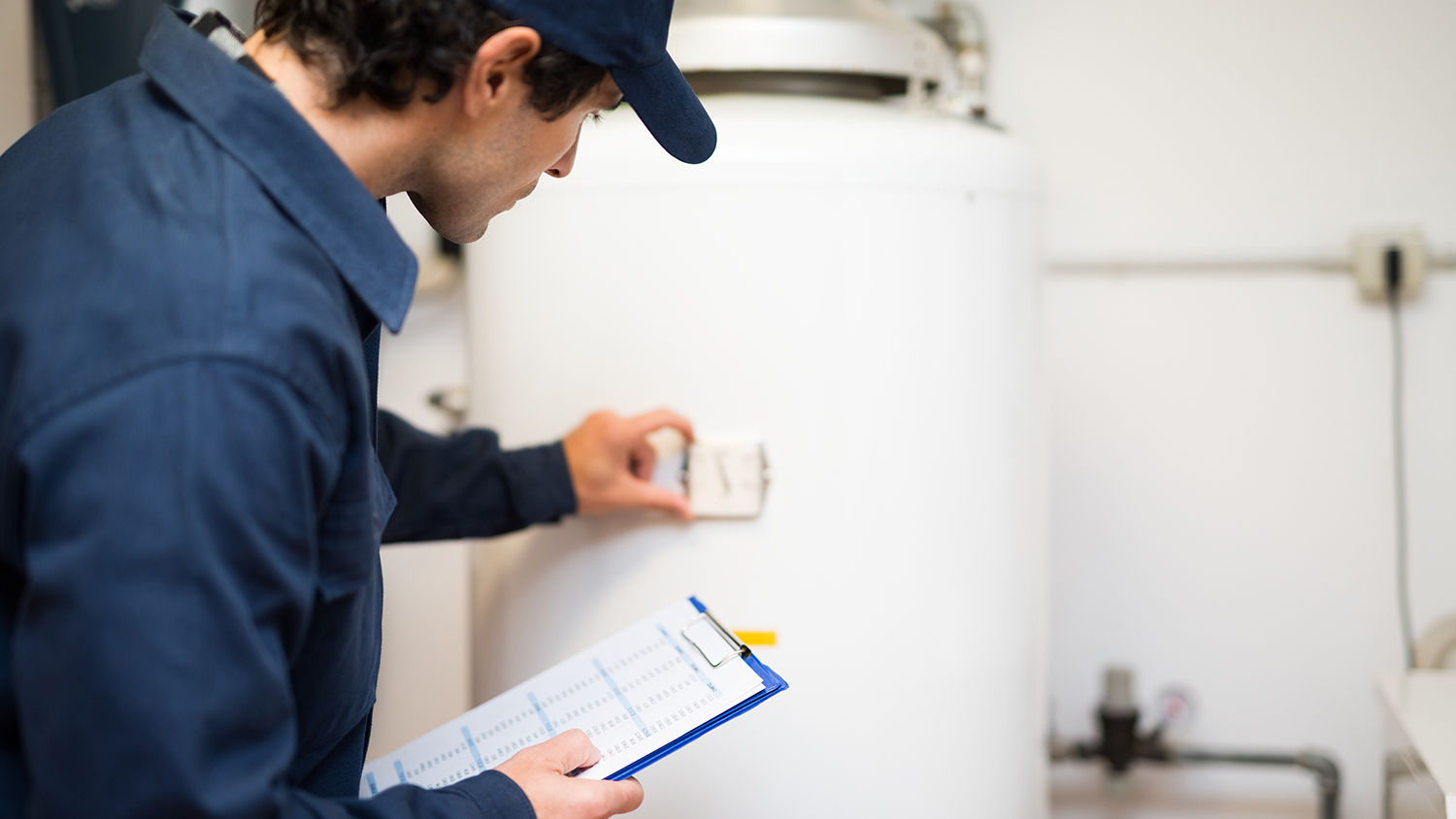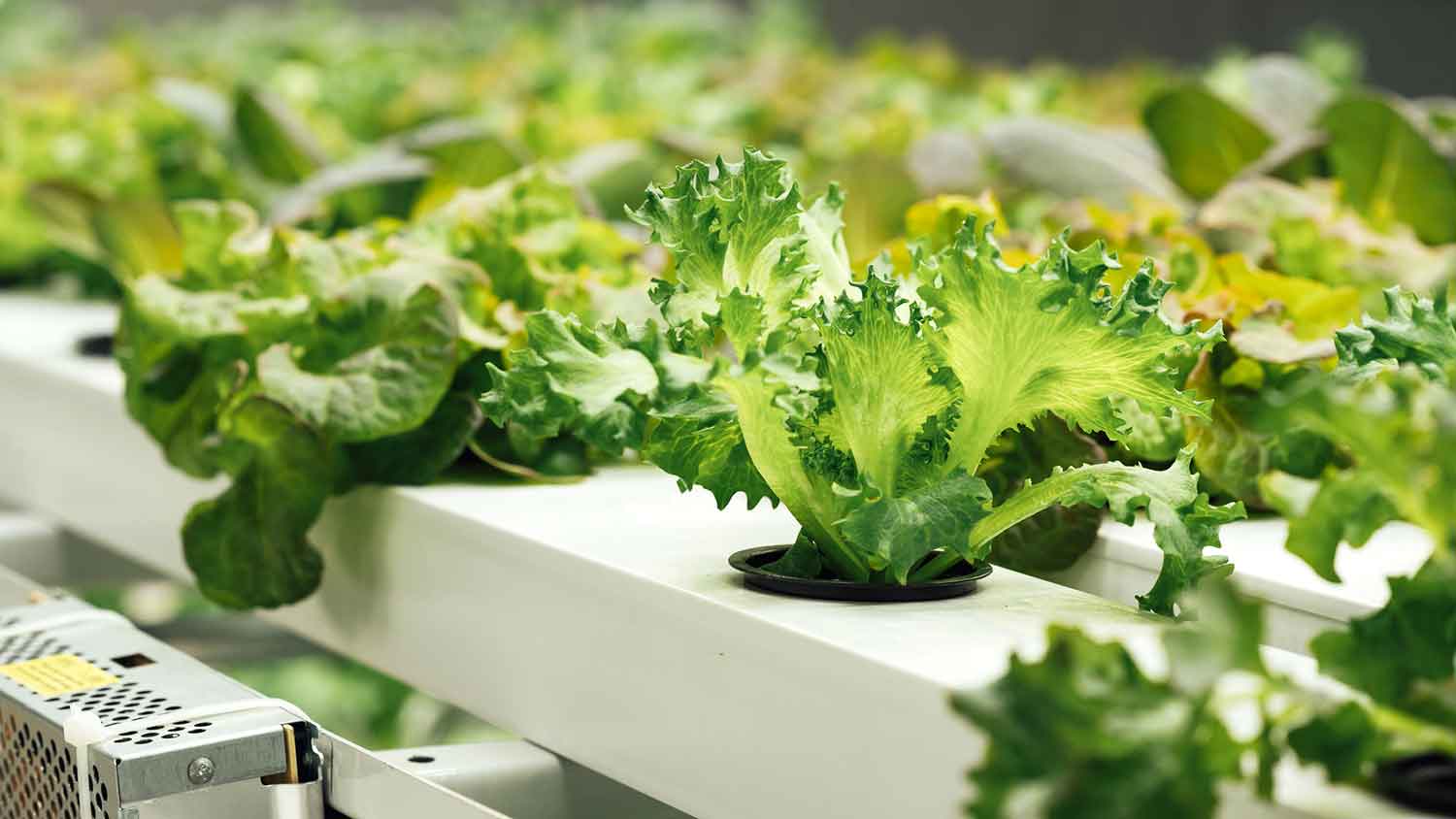6 Signs of Furnace Problems
Stay warm this winter season by maintaining your furnace
Furnace issues may result in a cold home and a spiking energy bill.
There are red flags indicating furnace problems, such as water leaks and a yellow pilot light.
If you encounter the following signs of furnace issues you can’t fix, hire an HVAC contractor.
When the cold winter months roll around, it can feel like the end of the world when your furnace is malfunctioning. There are several reasons why your furnace may not be working, and luckily, some of them are fixable homeowner issues. Learn about how to catch signs of common furnace problems so you can avoid expensive furnace repairs later.
1. Cold Air
It can be incredibly frustrating, particularly during the winter, to find that your home isn’t getting warm enough.
If you’re finding that the entire house is cold or certain spots are particularly cold, your furnace may not be properly functioning. This issue often has to do with the motor within the blower fan. The blower motor is what turns the blower fan and, in turn, circulates the air through the air ducts and into each room. When the blower fan malfunctions, the furnace won’t have enough power to heat the home sufficiently.
If you’re concerned your furnace isn’t functioning well, contact a local HVAC contractor who can check out your furnace and develop a solution before the problem gets worse.
2. Strange Noises
While a functioning HVAC system may make humming sounds, these are normal part of furnace and heating basics. On the flip side, if you notice pops, squeaks, rattling, or banging, you may be facing a furnace issue.
One potential issue is that the blower wheel isn’t functioning properly. The blower wheel helps bring in and out a certain air from the furnace system. If the blades are malfunctioning, they can trap debris and dirt, which can cause these noises.
Another possibility is loosened or worn-out mechanical parts inside the furnace. For instance, rattling noises may indicate a loose screw. If you notice strange noises coming from the furnace, hire a local HVAC company to determine the source and solution.
3. Increased Heat Bills
When your furnace isn’t working efficiently to heat the home, it uses more energy. Consequently, your heating bills can spike. This is particularly true for winter heating costs since your furnace may be working extra hard to warm your home.
The first thing to do is check the furnace filter. If the filter is dirty, it may be obstructing the furnace airflow and forcing it to work overtime. The filter is usually located in the blower compartment, which is in a box at the base of the furnace.
If it’s clogged, you’ll want to either clean it out or replace it. If you have a disposable filter, you’ll want to replace it every two to three months. If you have a permanent filter, you can clean it yourself by submerging it in a mixture of water and a small amount of laundry detergent.
Providing regular maintenance to your filter can also help extend its life. This includes filter changes, tune-ups, and inspections.
4. Furnace Doesn’t Start

If you’re having trouble turning on your furnace, don’t panic. As they age, furnaces can become more difficult to turn on. On average, they last around up to 20 years.
If your furnace is relatively new, you may need to reset or troubleshoot the thermostat. Follow the steps below to reset your thermostat:
Turn the thermostat to its minimum setting.
Switch the furnace on and then off.
If you can successfully turn your furnace to the desired temperature, you’ve fixed the problem.
5. Water Leaks
Water leaks are a nuisance that many homeowners can relate to. While they aren’t dangerous, leaks can cause damage to flooring and walls and lead to mold growth.
Water leaks can occur when the furnace has a clogged condensation line connecting to the HVAC unit and funnels condensation outdoors. If a condensation line becomes clogged, you’ll likely see a pool of water surrounding the line.
Repairing the condensation line can be an extensive job, so your best bet is to hire an HVAC repair pro near you who’ll have the proper knowledge, experience, and tools to fix the issue. To prevent these problems in the future and ensure you catch them early on, you can make annual inspections with HVAC professionals.
6. Yellow Pilot Light
A furnace’s pilot light ignites the natural gas getting pumped into the main burner. This light should always be blue. A yellow pilot light indicates that the HVAC system may be failing, and you may need to call a pro for a furnace repair. This could mean a ventilation problem or that harmful gasses may be leaking.
Since there’s the possibility of your furnace leaking carbon monoxide—a poisonous gas—it’s essential to take action immediately. Carbon monoxide exposure can lead to carbon monoxide poisoning, which, if minor, will cause you to have symptoms such as headaches, dizziness, nausea, and fatigue. More major exposure can lead to disorientation, vomiting, and fainting.
If you notice a yellow pilot light, shut off your furnace and contact an HVAC technician near you.
When to Replace Your Furnace
There are a handful of warning signs that indicate it’s time to buy a new furnace. While your local HVAC technician can often fix issues like the unit producing cold air or making strange noises, others can indicate a more serious issue that warrants a replacement. Keep an eye out for the following clues if you’re not sure.
Excessive soot, dust, or rust buildup around the furnace base. A properly functioning furnace shouldn’t produce much or any of such particles.
Extreme booming noise or sudden disappearance of sounds altogether. While noises like hissing and screeching are normal, and jingling or shaking is a sign to repair a furnace, loud booming can indicate an issue with gas emission, especially if you smell gas shortly afterward. On the flip side, no sounds at all from your typically noisy unit are a sign it could be on its last leg.
Yellow instead of blue pilot light. This can mean the unit isn’t using all available gas and may be venting carbon monoxide into your home.
Increased home humidity. If there is suddenly way more moisture in your home than normal, it could mean that the vents or furnace itself are blocked or clogged.
Unpleasant odors. Smelling gas is an automatic sign to call in a pro or replace a furnace entirely, but other funky, non-gas odors may indicate that rodents are in your system and chewing or breaking its infrastructure.
Flue or unit is rusted or cracked. Rust, cracks, or other such damage are a sign of old age in a furnace. You’ll particularly want to ensure issues like these aren’t present in the flue, as this part is responsible for proper ventilation and keeping your home carbon monoxide-free.
If the release of hazardous gasses into your home has happened to you in the past, consider replacing your current set-up with an oil-heated furnace instead.
Lydia Schapiro contributed to this article.
Frequently Asked Questions
A malfunctioning thermostat is the most common furnace problem you’ll likely face. You’ll know this is your issue if the furnace stops or starts at random times or fails to ignite when activated. Fortunately, resetting a thermostat on your own is easy, though you should always hire an HVAC pro if you have any doubts.
If your furnace doesn’t produce heat when activated or emits cold air, this could indicate an issue with the blower motor or fan. These features are responsible for ventilating the heat in a furnace throughout a home. When either of these breaks, the hot air will stay localized rather than dispersing through all spaces.
Most furnaces last between 20 and 30 years with proper care and regular maintenance. You’ll get more years out of your unit by repairing damages as soon as you notice them, scheduling semi-annual cleaning sessions, and hiring an HVAC pro for yearly inspections and winter tune-ups.





- Furnace Repair
- Air Conditioning Repair
- HVAC Repairs
- Furnace Installation
- Wood & Pellet Stove Repair
- Dehumidifier & Humidifier Repair
- Heat Pump Companies
- Swamp Cooler Repair
- Wood Stove Services
- HVAC Companies
- Commercial A/C Repair
- Geothermal Installation
- Air Conditioning Installation
- Boiler Repair
- 24 Hour Furnace Repair
- Geothermal Repair
- Heat Pump Repair
- Humidifier Installation
- Thermostat Repair
- Thermostat Installation
- Nest Installation
- Heating & Cooling
- Heating Repair
- Furnace Cleaning
- Furnace Tune-Up
- HVAC Technicians
- Subcontractors
- Furnace Maintenance
- Plumbing & Heating Companies
- Wood Stove Inspection
- Mini Split Installation
- Wall Heater Repair
- Duct Installers
- 8 Common Furnace Problems and How to Fix Them
- Your Complete Gas Furnace Inspection Checklist
- How Long Do Furnaces Last and How Can I Extend the Life Span of Mine?
- Why Is My Furnace Not Blowing Hot Air? Troubleshooting 13 Common Problems
- 8 Furnace Safety Tips Every Homeowner Should Know
- Why Is My Furnace Not Keeping Up With Cold Weather?
- How to Know If You Should Repair or Replace Your Furnace
- 10 Furnace Troubleshooting Tips: How to Fix Any Heating Issue
- What Is a Furnace and How Is It Different From Other Heating Systems?
- 7 Common Furnace Problems: Signs, Causes, and Solutions










